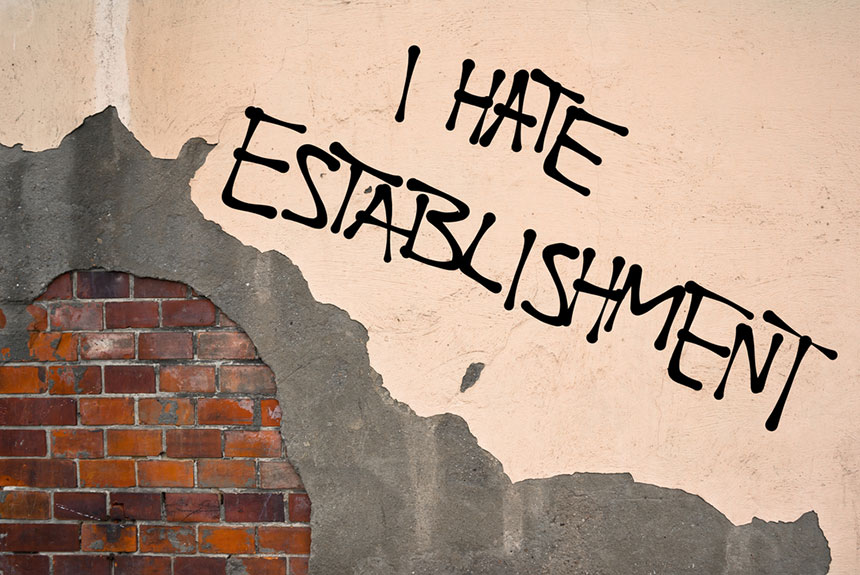Myths about new domain names
Choosing a domain is hard. For most new companies, it comes with the difficult branding decision of naming your company.
Choosing a domain is hard. For most new companies, it comes with the difficult branding decision of naming your company. And while many pundits insist that your company’s name doesn’t matter, it may, and the finality of choosing a domain makes the decision a difficult one.
Part of choosing a domain is deciding which gTLD, or ‘generic top-level domain’, to use. And while gTLD sounds like a scary term with lots of SEO ramifications that us average Joes can’t possibly understand, it’s actually quite simple to explain.
TLDs are basically the suffixes to our site; ‘.com’, ‘.edu’, ‘.gov’, ‘co.uk’, ‘.store’, or even ‘.sexy’ are all TLDs. gTLDs are the generic domains that anyone can use if available, while the other TLDs- ccTLDs, sTLDs – are restricted to domains registered to specific countries or organizations.
In the past, the options were limited and the decision was relatively simple. But in recent years, prices for ‘.com’ are rising and more and more gTLDs are being opened (1090 as part of ICANNs new gTLD program). So the decision of which gTLD to choose has become increasingly difficult.
Google’s hidden SEO system, along with myths propagated by owners of new gTLDs and the old gTLDs, make it even harder to know what to do.
But have no fear, this list is here to debunk all of the major myths about gTLDs:
Myth 1: ‘.com’ is key for SEO
Actually, ‘.com’ doesn’t matter at all for your SEO. According to a Google representative, “[Google’s systems] treat new gTLDs like other gTLDs (like .com and .org).

Keywords in a TLD do not give any advantage or disadvantage in search.” And with no shortage of non-’.com’ successes (search the word last and last.fm is the top result, for example), it certainly seems like that statement is true.
Myth 2: People don’t trust new gTLDs
A study by the NCC group shows that consumers aren’t so comfortable visiting new domains with only nine percent feeling comfortable visiting new gTLDs. So based on this, it should be safe to assume that consumers feel safer on a ‘.com’ or ‘.org’, right?
But the study also shows that most of that can be chalked up to security issues causing them to feel like they are on an insecure or scammy site.
Proper branding and site design increases the feeling of security for nearly 50 percent of users and just communicating some message about security or even just showing signs that the website is secured has a similar impact.
Studies aside, there have been enough ‘.ly’, ‘.co’, and ‘.tech’ successes to show the the site’s design and content are far more impactful than the domain chosen.
Myth 3: You can always just change your gTLD
You can, but Google says that “domain changes can take time to be processed for search (and outside of search, users expect email addresses to remain valid over a longer period of time), so it’s generally best to choose a domain that will fit your long-term needs”.

That said, moving sections of your site to a new gTLD can have some benefits. Slack moved their help section to slack.help, for example. And some food companies have been experimenting with moving their organic section to ‘.organic’.
Myth 4: .com is dying
While it’s nice to think that there is a revolution on our hands, relieving site owners of the need to overspend on the pricey ‘.com’, 39 percent of domains are registered to ‘.com’ and it’s continuing to grow. Then there’s the crowd favorite feeling that…
Myth 5: .com is going to dominate forever
That said, ‘.com’ is losing its grasp. With squatters driving up the prices for ‘.com’ and availability limited for quality domain names, it’s becoming increasingly popular to choose a new gTLD.
And while there is no clear frontrunner amongst the new gTLDs, they have grown from two million domains to 22 million in just two years. This 1,000 percent increase makes it pretty clear that while ‘.com’ still has a stranglehold on being the gTLD of choice, people are starting to get used to new gTLDs.
Myth 6: No established brands use new gTLDs
Big brands are starting to smart up and use new gTLDs as well.

From Microsoft using .tech, to banks like Barclays and BNP Paribas using their own branded gTLDs to loads of successful real estate companies using ‘.estate’, companies are not only warming up to new gTLDs, but embracing them.
Myth 7: .fm refers to radio, .tv refers to TV, and .dj is meant for music
Wrong, wrong, and wrong.
In fact, these are country code TLDs owned by Micronesia, Tuvalu, and Djibouti respectively.
They were some of the first non-traditional gTLDs used as newly established sites like last.fm or plug.dj searched for an easy-to-remember domain that they could afford.
Myth 8: I may not use a .com now, but I should definitely upgrade when my site’s big enough
There’s no right answer here. ‘Bit.ly’ made the jump to ‘bitly.com’, but again, there are no clear advantages to a ‘.com’. That said, there are some who believe there are branding advantages to being at ‘.com”, as it communicates strength to some.
Ultimately, .com still reigns supreme and if you can find a short domain for a good price on the world’s most popular TLD, you probably should take it. But the need for a ‘.com’ is quickly disappearing.
In most cases, ‘.com’ is either significantly more expensive or significantly longer and more obscure than just securing the name under a new gTLD. With all of the successes of sites using new gTLDs and the lack of SEO impact, focusing on your site’s UX and choosing a new gTLD that’s easy for users to remember is probably the right way to go.
Thanks to The Next Web